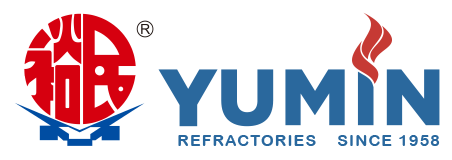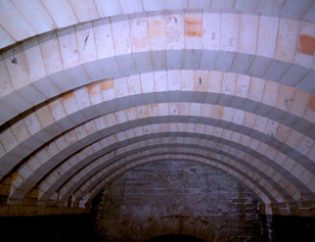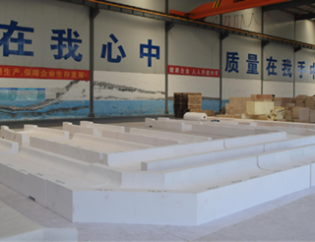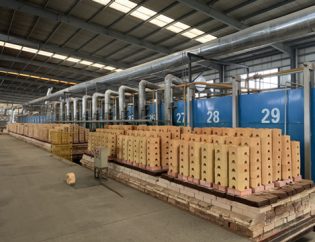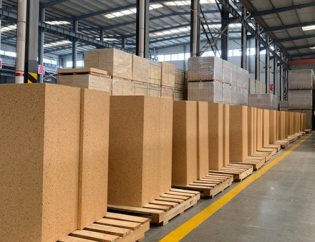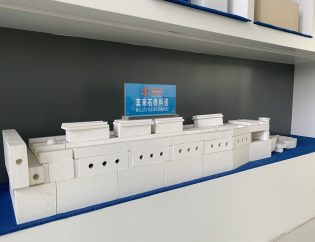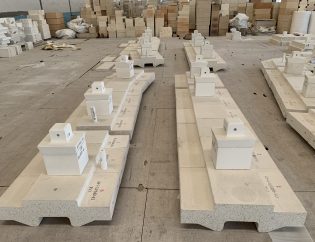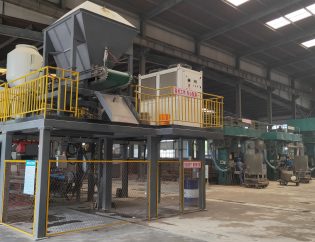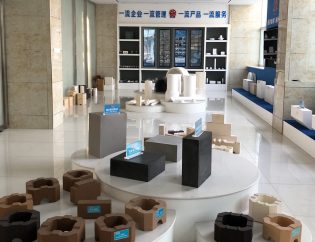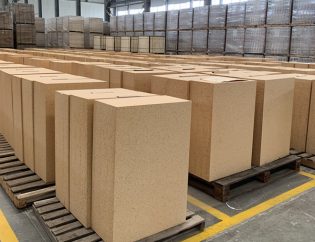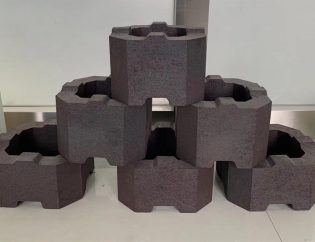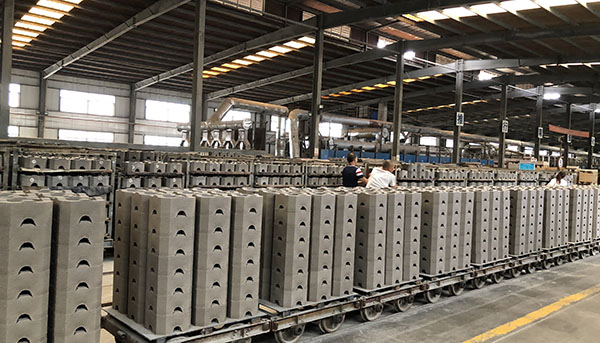
The general properties of refractory fire material include chemical mineral composition, organizational structural, mechanical properties, thermal properties, and high-temperature application properties. Some of the properties can be measured at room temperatures, such as apparent porosity, bulk density, and crushing strength, while, such as refractoriness, refractoriness under load, thermal shock stability, slag resistance, high-temperature density stability, etc., these properties reflect the state of the refractory at a certain temperature or its relationship with the outside world at that temperature.
The quality of refractory is determined by the property. It is the standard to evaluate product quality. In production, it is the base for enacting and improving the production process and it is the criteria for checking whether the production process is correct and stable. The correct and reasonable selection of refractory materials is also based on their properties.
1, The main compositions
Chemical composition is the basic feature of refractory products. Usually, Dividing the chemical composition of refractory materials into two parts according to the content of each ingredient and its function, namely, the basic composition( the main composition ) that accounts for the absolute majority, and the minor subsidiary composition that accounts for a small amount. The subsidiary compositions are the inclusions of raw materials and additives specially added during production.
The classification of refractories based on the chemical compositions:

2, The impurity composition
The chemical composition analysis can separate the impurities contained in the refractory material (or raw material), which is usually called flux. These impurities are certain oxides or compounds that can interact with the refractory matrix to reduce its refractory performance.
3, The added composition
In the production of refractory products, in order to promote its high-temperature change and reduce the sintering temperature, a small amount of additional composition will be added. According to its purpose and function, it can be divided into the mineral agent, stabilizer, and sintering agent. In addition to the compositions that can be burned, they are all included in the chemical composition of the refractory product.
